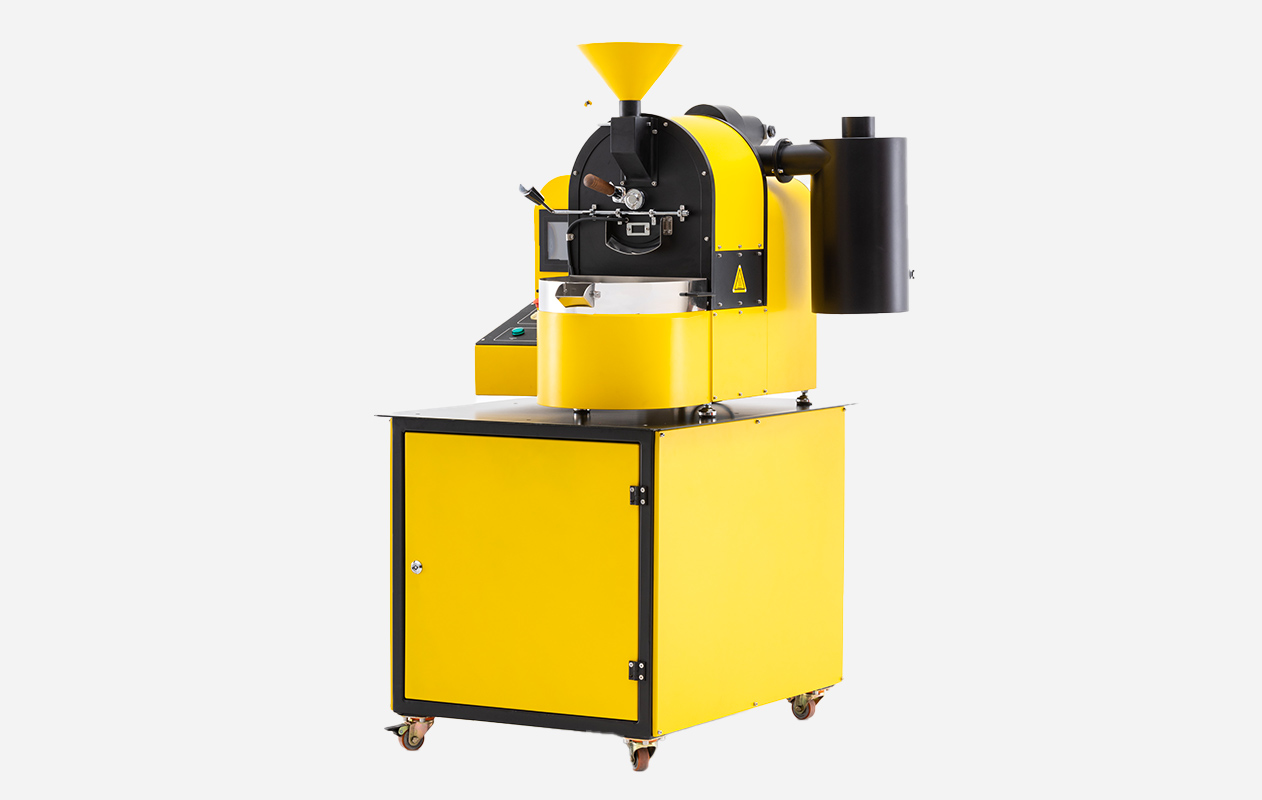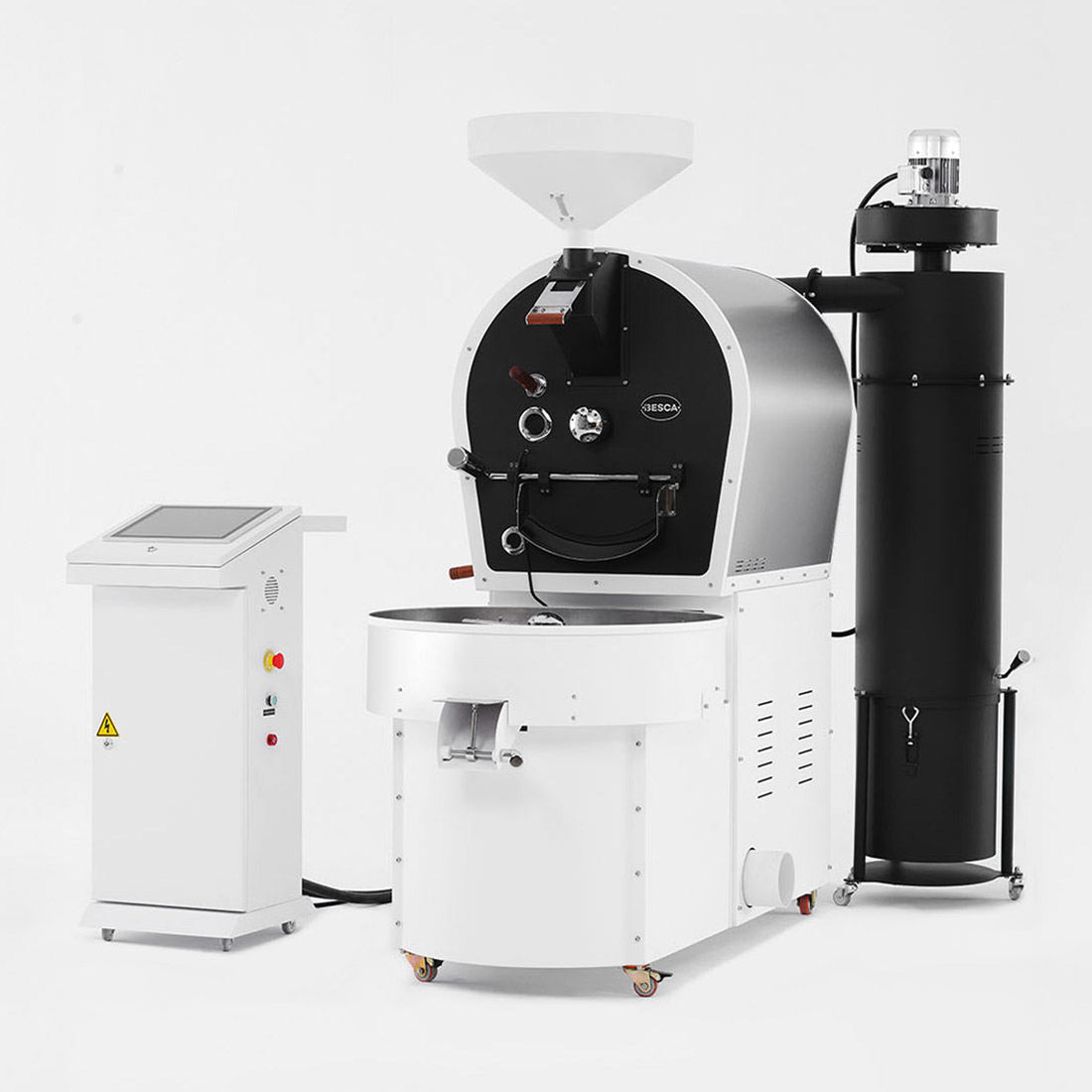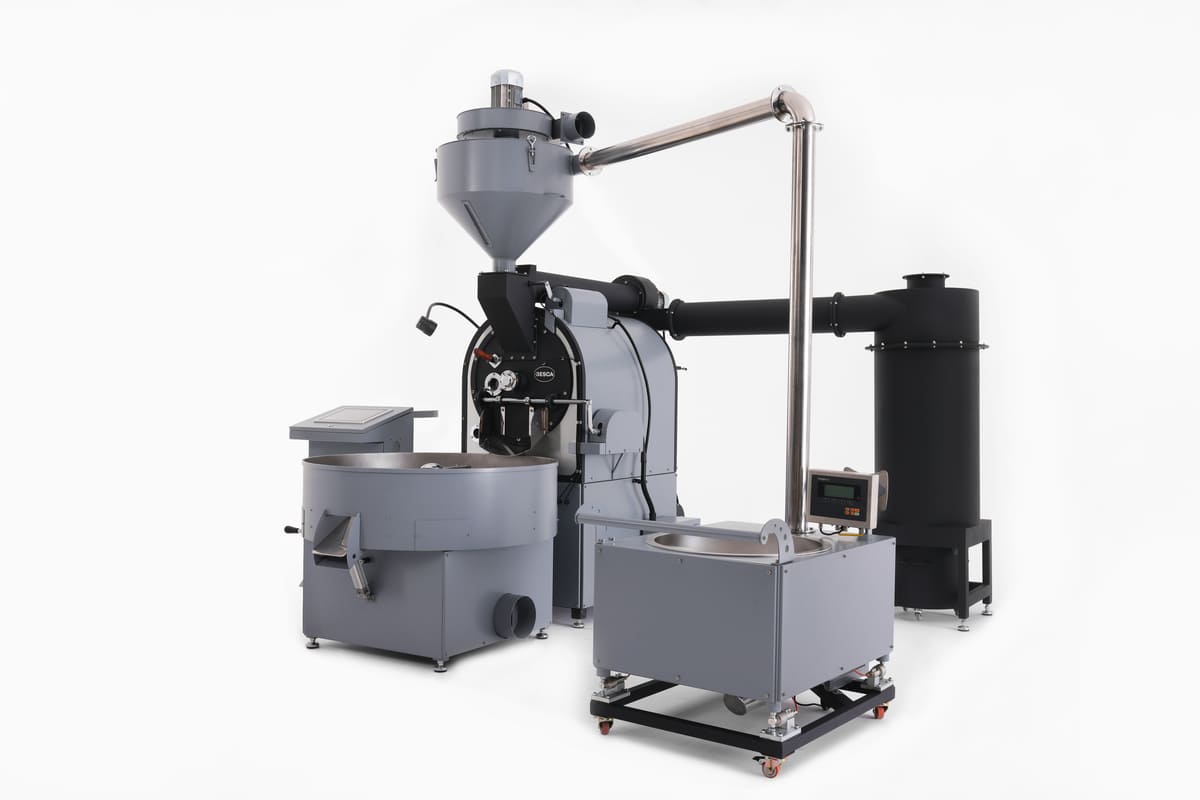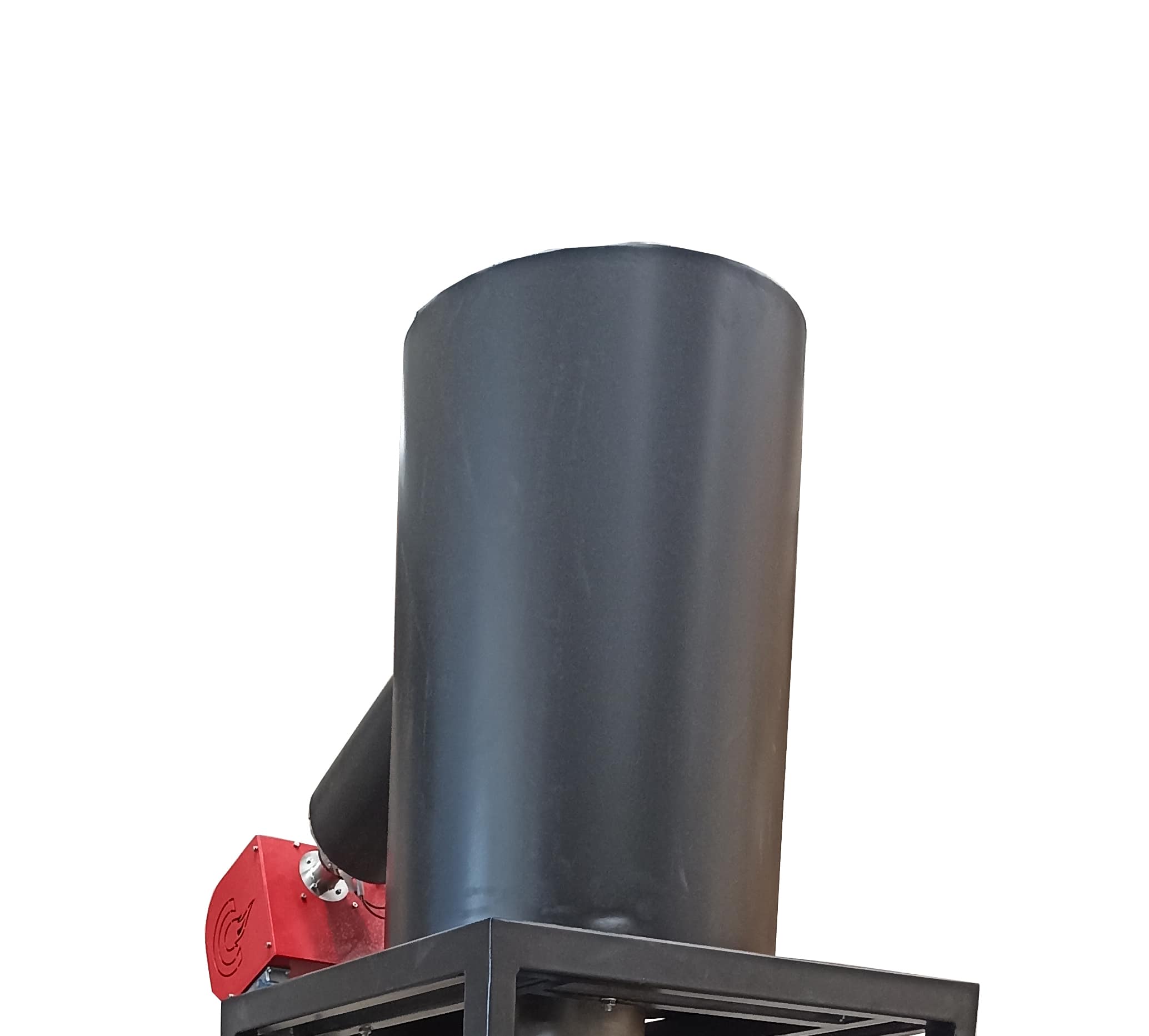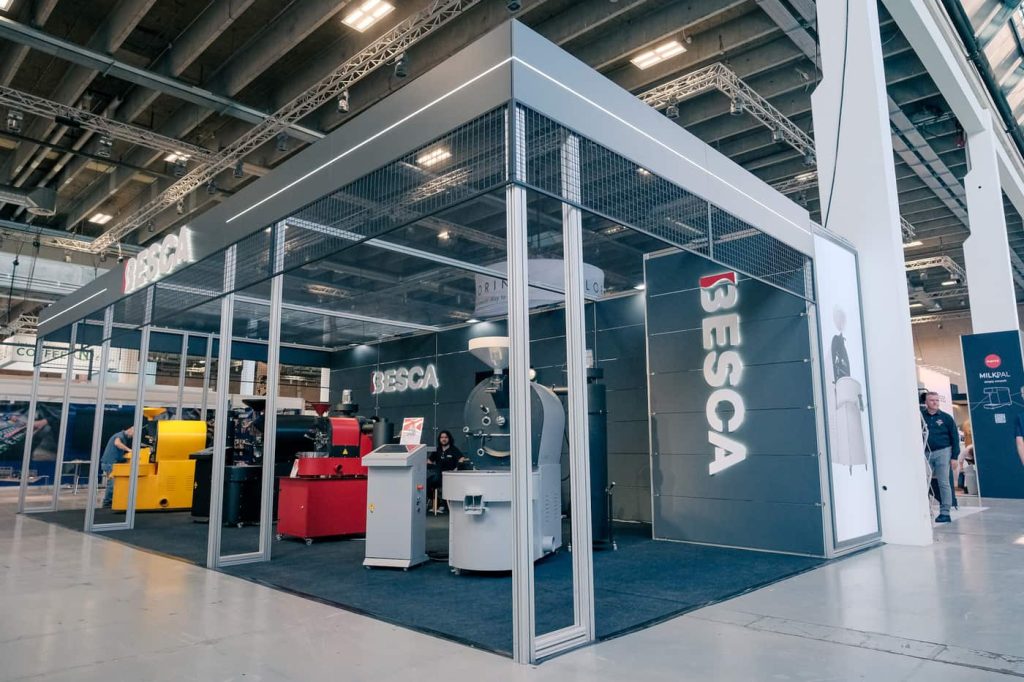Roasting is one of the first steps to creating an appetizing flavor. The heat reveals the secret of the beans and causes chemical changes in the beans which leads to exposure to different amino buluşmakacids. That’s why the coffee roasting process is an art and science at the same time.
Before we get into the roasting world, you should know some terms;
Batching; Approximate weight of the beans will roast together at one time.
Pre-Heat Temperature; the temperature that your roaster reaches before starting the process.
Drum; the pace where beans get contacted with the heat.
Drum speed; drum’s rolling speed in the roaster.
Bean Temperature; the warmth of the beans changes in the process that leads different colour on different levels.
Flame Level; The main heat resource for the beans which brings non-identical results for every different bean.
Fan Level; Beans facing not only the flame but also the heat wave that creates the diverse taste in the coffee.
Choosing the Right Roasting Level
There are 4 fundamental levels of roasted bean based on their color; Light, Medium, Medium-dark, Dark. The final color of the bean is the direct indicator whether beans are met with roasters demands.
Light Roast
With their light brown color, beans are roasted in a shorter time period than others. The intention is to keep beans’ natural aromas and tastes. Mostly there won’t be any oil on the surface of the beans because they are roasted not enough to take the oil out. These beans typically reach 170 °C -200 °C. They are taken out from the roaster when the first crack starts.
3 Variates are;
Light City
Half City
Cinnamon
Medium Roast
Medium roast coffees have stronger flavor and barely oily surface but they still keep some of natural tastes. Medium roast has a longer roasting time tha light roast thats why it looses more acidity and brightness. Beans reaches 210°C – 220 °C.
3 variates are;
City
Regular
American
Medium-Dark Roast
Medium- dark roast coffees loses most of natural flavour but it brings sweeter caramelization. This roasting stype finishes when second crack starts.This creates bold hevier profile with low acidity. Beans reaches 220°C – 230 °C.
2 variates are;
Full City
Vienna
Dark Roast
This roast is the heaviest roast style. It takes the longest time period than all others. The result of the process is shiny black beans with a heavy oily surface and bitter taste. There might be ashy tastes too. Specialty coffee roasters mostly don’t prefer this level because it kills the natural tastes of the beans. Dark roasts have sweeter than the others because sugars in the coffee beans have most of the time to caramelize.
4 variates ;
French
Turkish
Italian
Heavy
Coffee Roasting Guide
Roasting plays a vital role in unlocking the delightful flavors of coffee. The application of heat unveils the secrets of the beans, causing chemical transformations that expose them to different amino acids. Thus, the coffee roasting process is both an art and a science.
Before delving into the world of roasting, it’s essential to familiarize yourself with some terms:
1. Batching: Refers to the approximate weight of beans roasted together in a single batch.
2. Pre-Heat Temperature: The temperature reached by your roaster before initiating the roasting process.
3. Drum: The chamber where beans come into contact with the heat.
4. Drum Speed: The rotation speed of the drum inside the roaster.
5. Bean Temperature: The heat level experienced by the beans, resulting in different color changes at different stages of roasting.
6. Flame Level: The primary heat source for the beans, contributing to distinct outcomes for each bean variety.
7. Fan Level: Beans are exposed not only to the flame but also to the heat wave generated, which imparts diverse flavors to the coffee.
Choosing the Right Roasting Level
Roasted beans can be categorized into four fundamental levels based on their color: Light, Medium, Medium-dark, and Dark. The final color of the beans directly indicates whether they meet the roaster’s desired level.
Light Roast
These beans have a light brown color and are roasted for a shorter duration compared to other levels. The aim is to preserve the beans’ natural aromas and flavors. Light roast beans typically reach temperatures of 170 °C – 200 °C. They are removed from the roaster when the first crack occurs.
Three variations of light roast are:
1. Light City
2. Half City
3. Cinnamon
Medium Roast
Medium roast coffees have a stronger flavor profile and a slightly oily surface, while still retaining some of the beans’ natural characteristics. Medium roasts require a longer roasting time than light roasts, resulting in reduced acidity and brightness. Beans reach temperatures of 210 °C – 220 °C.
Three variations of medium roast are:
1. City
2. Regular
3. American
Medium-Dark Roast
Medium-dark roasts are characterized by a loss of most natural flavors but a development of sweeter caramelization. This roasting style is typically stopped when the second crack begins. Medium-dark roasts have a bolder and heavier profile with low acidity. Beans reach temperatures of 220 °C – 230 °C.
Two variations of medium-dark roast are:
1. Full City
2. Vienna
Dark Roast
Dark roast is the boldest and longest roasting style. It results in shiny black beans with a heavy oily surface and a bitter taste. Some ashy notes may also be present. Specialty coffee roasters generally avoid this level as it diminishes the natural flavors of the beans. Dark roasts tend to be sweeter due to the extended time for caramelization of sugars in the coffee beans.
Four variations of dark roast are:
1. French
2. Turkish
3. Italian
4. Heavy

